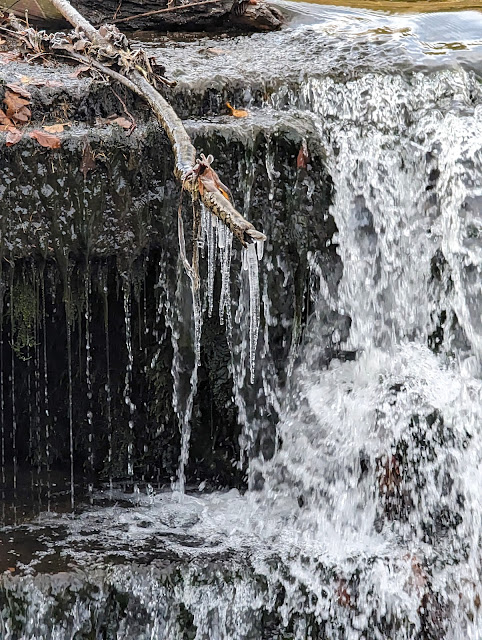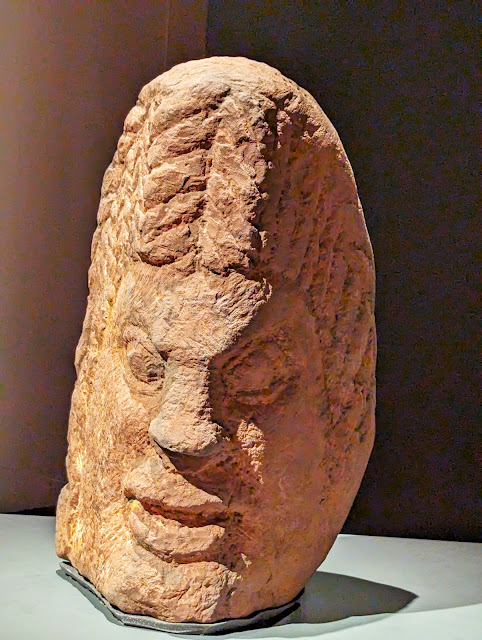Cold snap continues in Glasgow, Scotland

Icicles at waterfall, Rouken Glen On November 25th I reported on the frosty conditions being experienced here in Glasgow . Little has changed over the past few days nor is likely to through the weekend. Cause is a blast of cold air from Scandinavia (in the north). On the plus side we have brilliant, low angle sun coupled with blue skies and little wind which provides good photographic opportunities.Downside being the unusual prolonged chill (for November) with temperatures down to about -5c/23f which affects wildlife as well as people. Parts of the U.K. had their coldest November night since 2010 whilst eastern Scotland and parts of northern England had snow fall of about 2cm/0.8inches. Image below shows a 'feeding frenzy' of hungry ducks at the local pond.Tomorrow, I will take more food with me as this large collection of waterbirds seem to suffering.





